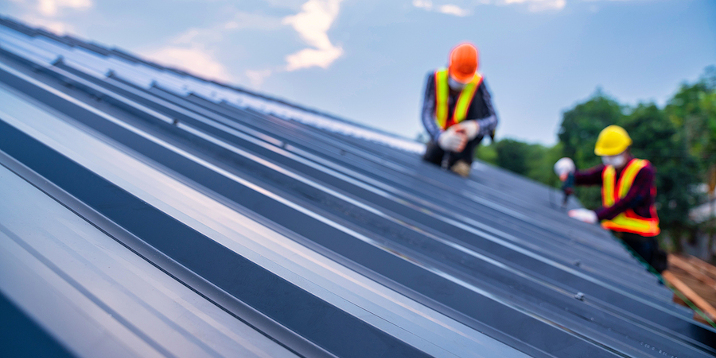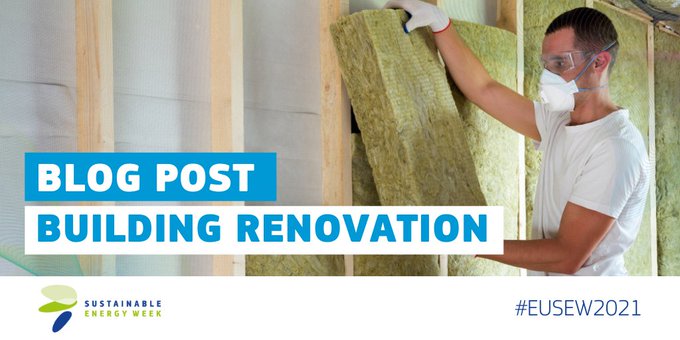It’s time to tap the great potential of digital solutions to decarbonise our buildings

Digital solutions are essential to the rapid decarbonisation of buildings and could contribute significantly to achieving the 1.5°C pathway. Often underestimated, it is now time to embrace this new set of technologies. In other words: crack modern problems with modern solutions. Not only does digital bring significant carbon reduction, but it also comes with very competitive paybacks and shows significant future potential. Digital technologies focus on the actual energy use of building occupants, resulting in faster paybacks, on average less than eight years (for tertiary buildings on average less than five years). Also, digital efficiency solutions bring 20-30 percent carbon abatement across the building stock. But most importantly, this toolbox of digital solutions is already available, quickly deployable, and is applicable across all the current building stock. The potential carbon abatement of digital solutions – around 1 Gt CO2/y (1) – in the building stock is thus highly underestimated.
The EU set itself the ambitious target of becoming the first climate-neutral continent in 2050. To achieve this goal, the penetration of digital efficiency solutions is ultimately inevitable. The real question, given their multiple benefits, is not to qualify the need for such technologies, but how to create the right framework to accelerate their deployment across the board rapidly.
Bertrand Deprez
Vice President EU Government Affairs
Schneider Electric
(1) IEA 2021 Net Zero scenario and under the assumption that 2/3 of the existing stock is still standing by 2050, new build is zero-carbon, all additional electricity demand (for the new stock) is zero-carbon and 100 percent digital technologies penetration.




